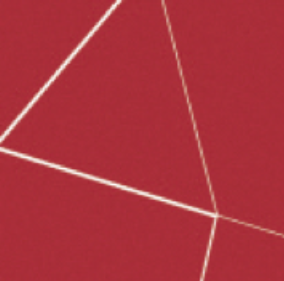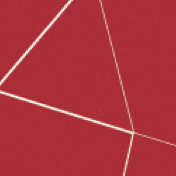Julio Suárez
Museo de Arte Moderno, Santo Domingo
“Nothing is more disquieting than the ceaseless movement of that which appears to be motionless”. The phrase belongs to the French philosopher Gilles Deleuze (1925-1995). Julio Suárez (1947) rediscovers it on his clear and vertiginous mirrorlike compositions, offering a minimal clue that places us in a priv- ileged position to appreciate the high degree of vitality and conceptual clarity that the production of this great contempo- rary Puerto Rican artist evinces in his solo show entitled “Recent Paintings/Santo Domingo Series”, organized by the Museum of Modern Art of the Dominican Republic.

Suárez is a genuine renovator. His pictorial oeuvre evolved from the aesthetics of the color field in the 1970s, through an abstract-expressionist period of profound lyricism and vehement gestuality in the 1980s, finally to reach a post- Minimalism that is definitely admirable in terms of formal syn- thesis, purity of light-color, design precision, and poetic effec- tiveness of the contained spaces. “The flux of energy that pro- duces a portion of space with a particular color is a life expe- rience. I have always wanted to make something for a specific place; that the completed work would become the place. I imagine it in only one color, with only one shape, which would exist when someone is present and then disappear.”
In his unpublished essay titled “Julio Suárez y el sonido de una mano que aplaude” (Julio Suárez and the sound of a clapping hand), the renowned Dominican artist Dionis Figueroa (1956) reveals significant keys associated to the “Santo Domingo Series”: “The six adjoining exhibition halls where the artist integrates his works, through the mere presence of these, have become transformed into a different space, alive and dynamic. They have probably become the space that its architects visu- alized when they conceived it as a sanctuary for art. A place where the creative quality of the artist’s spirit may be dignified and man ́s innate condition, which projects his divine compo- nent, may be stimulated. Far from this having to do with poli- tics or religion.
“When I view Suárez’s works I understand all this because I know I am in the presence of an oeuvre that is simple and yet it conveys the complexities of existence in his own reality, pic- torial and conceptual, simple and complex, big or small. I per- ceive and appreciate his capacity for synthesis. His ability to simplify and reduce even the greatest to the minimum, to the essential. And this direct relationship with the essence is what distinguishes this series of works. Because it is based on this essence that one can understand the meaning of a zen koan that invitres us to listen only to “the sound of a clapping hand”.




